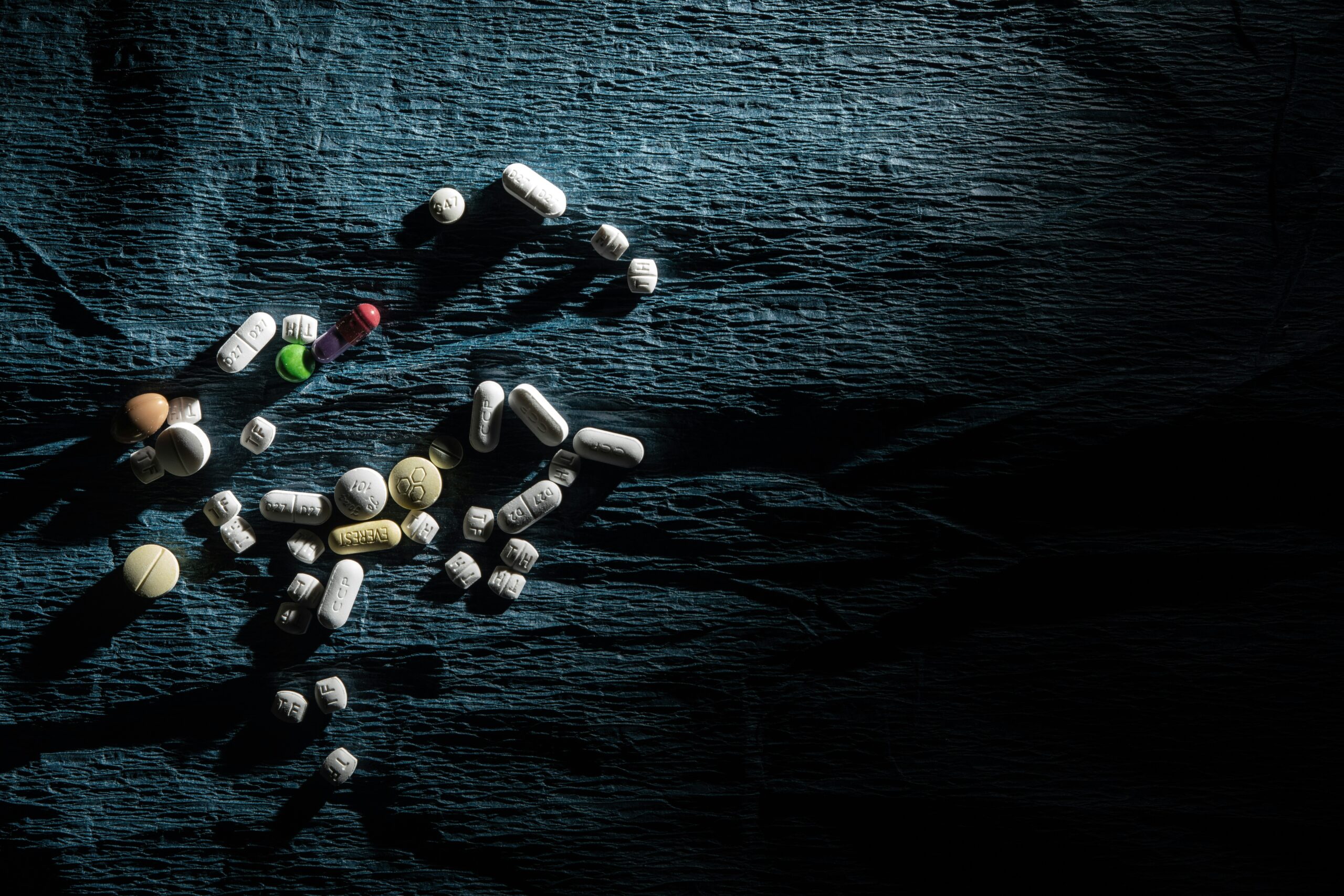
The Silent Surge of Illicit Opioids
Over the past two decades, the United States has witnessed a profound transformation in its drug crisis. While prescription opioids once sat at the center of the epidemic, today illicit trafficking networks are driving the spread of deadly substances like heroin and synthetic opioids, especially fentanyl. These substances, often smuggled into the country through sophisticated global networks, have drastically intensified overdose rates and overwhelmed public health systems.
Drug trafficking is not merely a law enforcement problem; it is a public health catastrophe. Illicit opioids are far more potent than earlier drugs, making even small quantities lethal. Traffickers often cut heroin with fentanyl to increase profits, but this practice raises the risk of accidental overdoses because users can’t accurately gauge potency. The result is a staggering rise in fatal overdoses, with synthetic opioids accounting for the majority of opioid-related deaths.
Communities across the nation are grappling with the fallout. Emergency rooms are flooded with overdose cases, and medical examiners face a mounting number of autopsies. The opioid crisis has reshaped social services, policing, child welfare systems, and public health resources. Every overdose is not merely an individual tragedy—it echoes through families, workplaces, and communities, leaving behind grief and economic consequences.
Trafficking Networks and Their Evolution
Illicit opioid trafficking operates as a global enterprise. Initially, traffickers focused on heroin derived from poppy cultivation in regions like Afghanistan and Mexico. But in recent years, synthetic opioids such as fentanyl have taken center stage. Unlike heroin, fentanyl and its analogs can be manufactured entirely in labs, reducing reliance on agricultural supply chains. This makes production cheaper and easier to scale, and small volumes are enough to produce massive profits.
Large criminal networks manage supply chains that stretch from overseas laboratories to American neighborhoods. Shipments of precursor chemicals often originate in China and other countries, arriving in North America where they’re converted into finished products. Traffickers use hidden compartments in vehicles, maritime shipping routes, drones, and even the postal system to smuggle synthetic opioids across borders. Online markets and encrypted messaging apps have also enabled smaller dealers to distribute these drugs more discreetly.
These evolving tactics make traditional interdiction efforts increasingly difficult. Law enforcement can seize large shipments, but even small quantities slipping through the cracks can supply thousands of lethal doses. Meanwhile, drug traffickers quickly adapt to enforcement efforts, modifying chemical structures of synthetic opioids to stay ahead of regulatory bans.
Public Health Ramifications
The opioid crisis sparked by drug trafficking presents enormous public health challenges. Overdose deaths continue to rise, often fueled by the unpredictability of street drugs laced with fentanyl. Harm reduction measures, such as distributing naloxone (a medication that reverses opioid overdoses), have saved countless lives. Yet the scale of the problem keeps expanding.
Public health workers now face dual roles: treating addiction and preventing overdoses while also confronting infectious disease outbreaks among drug users. Injection drug use has contributed to rising rates of hepatitis C and HIV in various regions. Hospitals and clinics are burdened not only by overdose emergencies but also by the chronic care needs of people living with substance use disorders.
Furthermore, the opioid crisis has significant mental health repercussions. Individuals battling addiction often suffer co-occurring mental illnesses like depression, anxiety, or post-traumatic stress disorder. Families endure trauma, children are placed in foster care, and communities experience a breakdown of social cohesion. The economic costs are staggering, draining billions of dollars from healthcare systems, criminal justice agencies, and employers.
Pathways to Solutions
Addressing drug trafficking’s role in the opioid crisis requires a balanced approach that blends public health strategies with law enforcement efforts. Solely cracking down on supply is not enough; demand must also be addressed. People struggling with addiction need access to affordable, evidence-based treatment such as medication-assisted therapy. Stigma remains a powerful barrier, discouraging many from seeking help.
Harm reduction strategies are critical. Supervised consumption sites, where individuals can use drugs under medical supervision, have been shown to reduce overdoses and connect people to services. Syringe exchange programs help prevent the spread of infectious diseases. The broader distribution of naloxone can save lives, buying time for individuals to enter recovery.
At the same time, international cooperation is crucial to dismantling trafficking networks. Efforts to regulate precursor chemicals and disrupt supply chains must continue. Technology can aid in the detection of illicit shipments, but traffickers will always innovate. Sustained collaboration among federal, state, and local agencies—and between nations—is essential.
Economic revitalization of communities hit hardest by the opioid crisis is also key. Areas suffering from job loss, poverty, and lack of opportunity are fertile ground for drug trafficking and addiction. Investing in education, job training, mental health services, and social support can help prevent future waves of addiction.
A Shared Responsibility
The opioid crisis is one of the most significant public health emergencies of our time, and drug trafficking sits at its dark heart. Tackling it demands compassion, science-based solutions, and relentless efforts to stem the flow of deadly substances into the country. Equally important is building a culture where those struggling with addiction are seen not as criminals, but as people in need of care and support.
As the opioid landscape continues to evolve, so too must our response. The stakes are nothing less than saving lives and restoring hope to communities devastated by addiction. Combating drug trafficking and protecting public health are not separate goals—they are intertwined missions essential to America’s future.